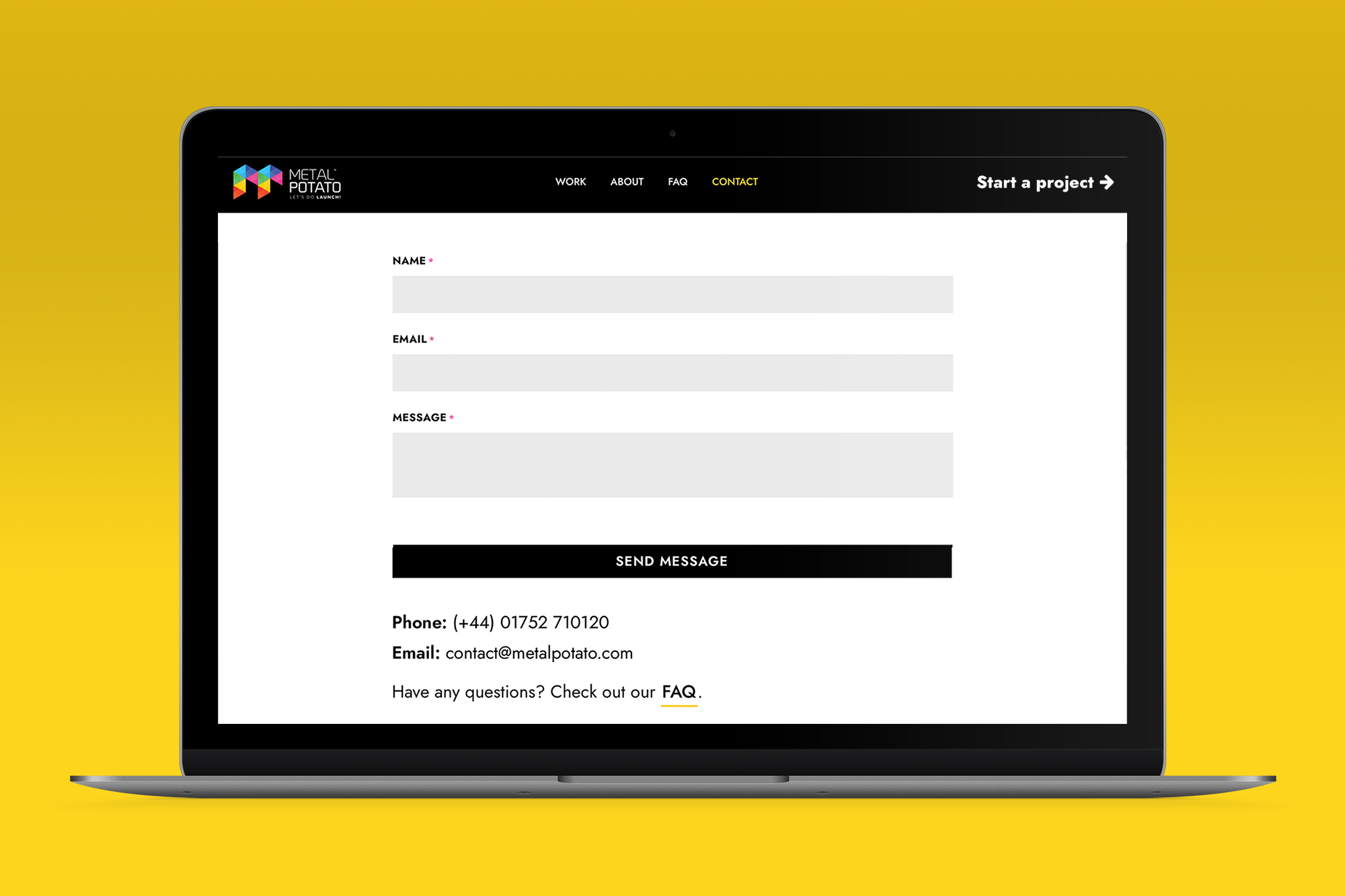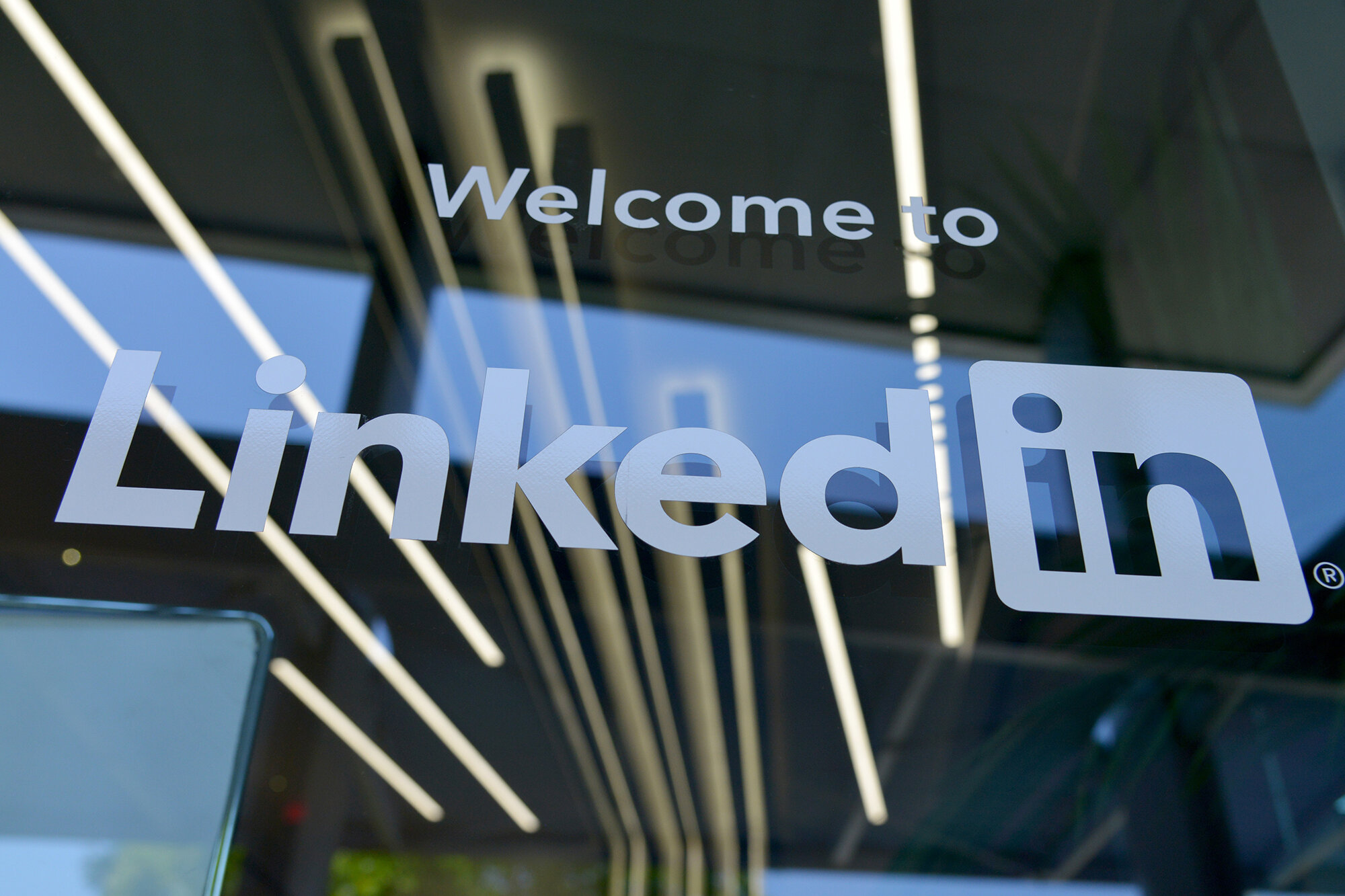Your website is the digital representation of your business and serves as the first point of contact for potential customers. It is crucial to create a welcoming and engaging online experience to attract and retain visitors. However, there are several common pitfalls that can drive customers away from your website. In this article, we will explore 10 reasons why your website may be driving customers away and provide actionable solutions to improve their experience.
1. Slow loading speeds
A slow-loading website can be incredibly frustrating for users, leading them to abandon your site and seek alternatives. Research shows that 40% of people will leave a website if it takes more than three seconds to load. Additionally, even a one-second delay in page response can result in a 7% reduction in conversions. To address this issue, consider the following steps:
- Optimise image sizes and formats to reduce file sizes without compromising quality.
- Minify CSS and JavaScript files to reduce the amount of data that needs to be loaded.
- Implement caching techniques to store static content and reduce server response time.
- Upgrade your hosting plan or consider using a content delivery network (CDN) to improve loading speeds.
2. Intrusive pop-up ads
Pop-up ads can be effective for increasing conversions when used appropriately. However, intrusive and obnoxious pop-ups can annoy and drive users away from your website. To strike the right balance, follow these guidelines:
- Limit the number of pop-ups and ensure they are relevant to the user’s browsing experience.
- Use polite and non-intrusive designs that allow users to easily dismiss or interact with the pop-up.
- Display pop-ups at appropriate times, such as when a user is about to exit the site or has completed a specific action.
3. Sensory overload
Sensory overload occurs when there is an excessive amount of stimuli on a website, overwhelming users and hindering their ability to navigate and process information. To avoid sensory overload, consider the following suggestions:
- Use animations sparingly and purposefully, ensuring they enhance rather than distract from the user experience.
- Limit the number of design elements on a page, focusing on essential elements that communicate your message effectively.
- Avoid autoplay videos or background music that may distract or annoy users.
4. Inaccessibility
Website accessibility is crucial to ensure that all users, including those with disabilities, can easily navigate and interact with your website. Failure to address accessibility issues can lead to frustrated users and potential legal implications. Here are some website accessibility considerations:
- Ensure proper colour contrast for text and background to accommodate users with visual impairments.
- Use alt text for images to provide a textual description for screen readers.
- Implement responsive design to ensure your website is mobile-friendly and accessible across devices.
5. Poor navigation
Confusing navigation can frustrate users and make it challenging for them to find the information they need. Streamline your website’s navigation by implementing the following best practices:
- Use clear and intuitive labels for navigation menus and buttons.
- Keep the navigation structure simple and organised, with logical hierarchies and categories.
- Include a search bar to allow users to quickly find specific content or products.
6. Lack of mobile optimisation
With the increasing use of smartphones and tablets, it is essential to optimise your website for mobile devices. Ignoring mobile optimisation can result in a poor user experience and significant loss of potential customers. Consider the following mobile optimisation strategies:
- Use responsive design to ensure your website adapts to different screen sizes and resolutions.
- Optimise images and other media for faster loading times on mobile devices.
- Ensure that buttons and links are appropriately sized and spaced for easy tapping on touchscreens.
7. Lack of trust signals
Building trust with your website visitors is crucial for converting them into customers. Without trust signals, users may hesitate to engage with your brand or make a purchase. Here are some trust-building strategies:
- Display security badges and SSL certificates to assure users that their data is protected.
- Include customer testimonials and reviews to showcase positive experiences.
- Provide clear contact information and a dedicated support system to address customer concerns.
8. Poor content quality
High-quality content is essential for engaging users and establishing your expertise. Low-quality or irrelevant content can deter visitors from exploring your website further. Consider the following content improvement strategies:
- Ensure your content is well-written, free of grammatical errors, and provides value to the reader.
- Keep your content concise and focused, avoiding unnecessary tangents or jargon.
- Use a mix of text, images, and multimedia to make your content visually appealing and engaging.
9. Lack of call-to-action (CTA)
A clear and compelling call-to-action (CTA) is crucial for guiding users towards the desired action, whether it’s making a purchase, subscribing to a newsletter, or contacting your business. Consider the following CTA design tips:
- Use action-oriented language that conveys a sense of urgency and value.
- Make your CTAs prominent and visually appealing, using contrasting colours and clear placement.
- Test different CTAs and placement to determine which ones drive the highest conversion rates.
10. Outdated design
An outdated website design can give the impression that your business is not keeping up with the times or lacks credibility. To ensure a modern and visually appealing website, consider the following design updates:
- Use clean and minimalist design principles to create a modern and professional look.
- Incorporate current design trends and aesthetics while maintaining consistency with your brand identity.
- Regularly update your website’s design elements to stay relevant and visually appealing.
By addressing these 10 reasons why your website may be driving customers away, you can improve user experience, increase engagement, and attract more visitors to your site.
To learn more about improving your website and maximizing its potential, Contact us today to learn more about our services and the ways in which we can empower your online success.
Let's make a website!
Book a FREE video call to discuss your business, project strategy, and more!
"*" indicates required fields
More from Metal Potato
Contact Page Design: A Blueprint for Success
Learn how to optimise your contact page for better engagement and conversions with expert tips and inspiring examples.
Can Apple Vision Pro Revolutionise Computing?
Discover the Apple Vision Pro: a mixed-reality headset set to redefine computing, work, entertainment, and education.
How to Choose the Perfect Typography for Your Website
Master the art of web typography... from font selection to readability, create a visually stunning and user-friendly website.
The Power of WordPress for Small Businesses
Build a strong online presence for your small business with WordPress! It's easy to use, SEO-friendly, and very cost-effective.
Celebrating 40 Years of the Apple Mac
Explore 40 years of Mac evolution! Celebrating Apple's iconic computer and its impact on design, technology, and creativity.
Why LinkedIn Should Be Your Top Priority
Maximise career growth with LinkedIn's powerful benefits! Unlock networking opportunities, connect and build your personal brand.






